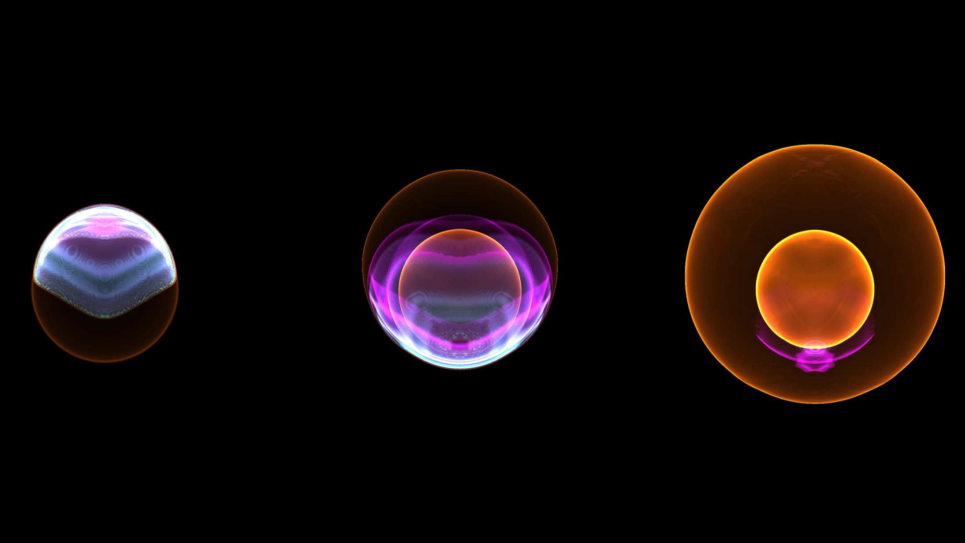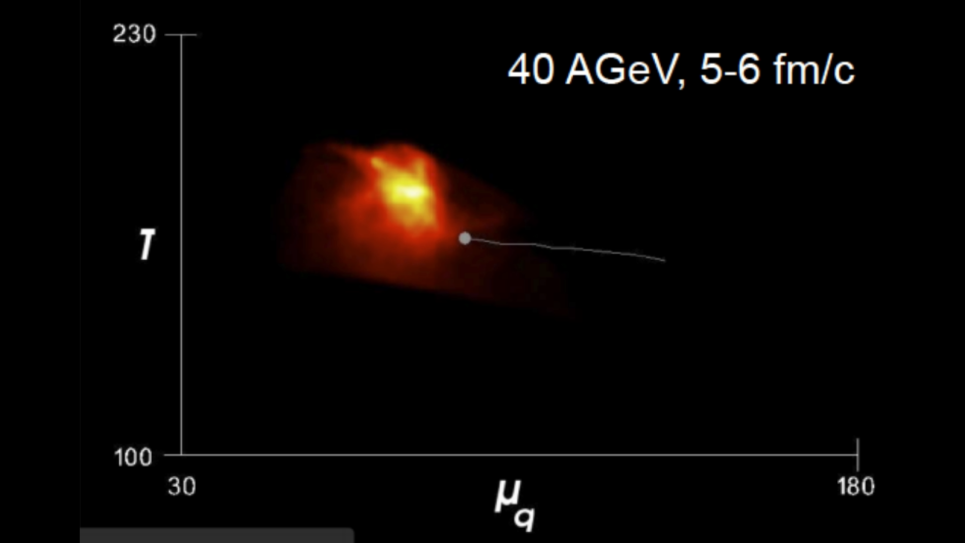ITER, a large fusion experiment under construction in France in which the U.S. is a partner, will enable significant progress in demonstrating the feasibility of commercial fusion power generation as a means of meeting long-term world energy needs. The complexity and large investment of ITER research initiatives must be supported by complementary development of advanced, predictive computational models for fusion experiments, especially to study physical phenomena that might result in damage to the device.
This allocation supports research into understanding and avoiding off-normal events in ITER experiments that could damage the device. Validating computational models using current experiments (where it is much safer to explore the physics of off-normal events) allows subsequent extrapolation of the model to ITER parameters, enabling detailed predictions of its expected behavior and increasing its chances for success. Outcomes of this project will include greater insight into the underlying physics both of steady-state operational regimes for ITER-relevant magnetically confined plasmas, and of various nonlinear instabilities which may impede such steady-state operation.

